Restaurant Labor Shortage: Key Findings
- Full-service restaurants remain 228,000 jobs (4%) below pre-pandemic employment levels as of October 2024.
- 34% of cafeteria, buffet and grill buffet jobs are still unfilled compared to February 2020.
- 62% of workers aged 18–27 would trade higher pay for better work-life balance.
- Gen Z, Millennials and Gen X now prefer self-service tech like kiosks and QR menus to reduce wait times and staff burden.
For restaurant owners and managers, pivoting and implementing creative recruitment and retention strategies is no longer just beneficial — it’s essential for survival. This article examines the challenges of the restaurant labor shortage and explores innovative solutions to address them in 2025.
Root Causes of the Restaurant Labor Shortage
The restaurant industry faces a multifaceted labor shortage shaped by a combination of pandemic-related impacts, long-standing operational challenges and evolving worker expectations.
While the industry has shown resilience and recovery in certain areas, ongoing challenges and shifting worker priorities create significant staffing difficulties.
The following sections explore the key factors driving this persistent restaurant labor shortage.
Impact of the pandemic
Despite the restaurant industry surpassing pre-pandemic employment levels, significant differences remain across segments.
As of October 2024, full-service restaurants — which faced the most severe job losses during the pandemic — were still 228,000 jobs (4%) below pre-pandemic levels.
Similarly, cafeterias, grill buffets and buffets continued to lag behind, with employment down by 34% compared to February 2020.
These disparities highlight the uneven recovery within the industry and emphasize the importance of targeted strategies to support the hardest-hit segments.
Long-standing industry challenges
The restaurant industry has long faced inherent challenges that make employee retention difficult. Demanding work conditions, including long hours, weekend shifts and high-stress environments, are the norm.
Many roles rely heavily on tips, resulting in income instability, while comprehensive benefits such as health insurance and paid time off have historically been scarce.
Additionally, restaurant work is often perceived as a temporary job rather than a viable long-term career.
Tackling these persistent issues is crucial for building a sustainable workforce and achieving long-term industry stability.
Changing worker expectations
Today’s workforce, particularly younger generations, demands more from employers than just a paycheck.
A survey found that 62% of people aged 18 to 27 would accept a lower salary in exchange for a better work-life balance.
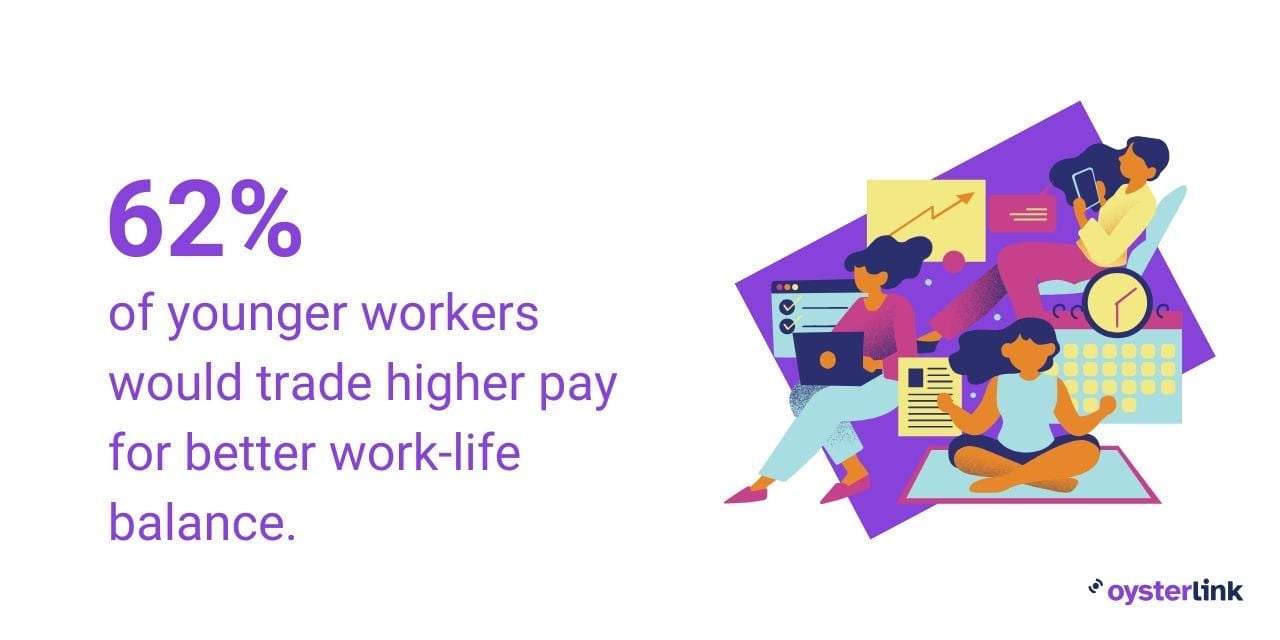
Opportunities for career development, such as skill-building and advancement, are highly valued.
Employees also seek meaningful work that provides purpose, along with inclusive environments that promote diversity and respect.
Restaurants that embrace these shifting priorities will be better equipped to attract and retain talent in a highly competitive labor market.
Impact of the Restaurant Labor Shortage
The restaurant labor shortage affects operations, employees and customers, creating challenges that demand urgent solutions. Addressing these issues is critical to ensuring long-term success and maintaining the industry’s competitiveness.
Operational efficiency and service quality
Staffing shortages hinder a restaurant’s ability to operate smoothly and deliver consistent, high-quality service, impacting both customer satisfaction and revenue.
- Increased wait times: Fewer staff members can lead to longer waits for seating, ordering and receiving meals.
- Reduced table turnover: Slower service limits the number of customers served per shift, reducing potential revenue.
- Limited menu offerings: Restaurants may simplify menus to accommodate smaller kitchen teams.
- Inconsistent food quality: Overworked kitchen staff may struggle to deliver consistent quality across dishes.
These operational challenges can harm a restaurant’s reputation, making it harder to retain loyal customers and attract new ones.
Employee burnout and turnover
Operating with insufficient staff places a heavy burden on the remaining employees, leading to stress, fatigue and dissatisfaction.
Over time, this strain can create a cycle of burnout and high turnover rates, further worsening staffing shortages and disrupting team dynamics.
- Increased workload: Employees often take on extra responsibilities, increasing stress and exhaustion.
- Longer shifts: Staff may need to work extended hours to fill scheduling gaps.
- Reduced job satisfaction: The pressure of understaffing can lower morale and diminish overall job satisfaction.
- Higher turnover rates: Burnout leads to higher employee attrition, exacerbating staffing challenges.
Financial implications
Staffing shortages can significantly impact a restaurant’s bottom line by increasing costs and reducing revenue opportunities.
Addressing these financial challenges is essential to stabilizing operations and protecting long-term profitability.
- Lost revenue: Reduced operating hours or an inability to serve all customers can directly decrease sales.
- Increased labor costs: Overtime pay for existing staff to cover shifts can inflate expenses.
- Training expenses: High turnover rates require ongoing recruitment and training, adding to operational costs.
- Potential quality control issues: Rushed service or food preparation can lead to waste and customer dissatisfaction, further affecting profitability.
Customer experience and brand reputation
Understaffing extends beyond operations, directly affecting the customer experience and a restaurant's reputation. Maintaining consistent, high-quality service is crucial for retaining loyal customers and attracting new ones.
- Decreased customer loyalty: Long wait times and inconsistent service can discourage repeat visits.
- Negative reviews: Dissatisfied customers are more likely to share their experiences online, harming the restaurant's reputation.
- Reduced word-of-mouth referrals: Poor customer experiences can limit positive recommendations, which are vital for growth.
How To Solve the Restaurant Labor Shortage: Recruitment and Retention Strategies
Addressing the restaurant labor shortage demands a comprehensive approach that focuses on competitive compensation, flexible scheduling, professional development and fostering a supportive work culture.
By adopting strategies that address both longstanding challenges and shifting worker expectations, restaurants can build an environment that attracts talent and enhances employee satisfaction.
These efforts go beyond solving immediate staffing issues, serving as key steps toward the business's long-term success and stability.
Competitive compensation and benefits
Offering attractive pay and benefits is vital for standing out in a competitive job market. These incentives show employees that their work is valued and provide the financial security needed to encourage long-term retention.
| Strategy | Description |
| Competitive base pay | Ensure hourly wages are at or above industry standards in your area. |
| Performance-based incentives | Implement bonus structures tied to individual or team performance metrics. |
| Health and wellness benefits | Offer health insurance options, even for part-time staff. |
| Retirement savings plans | Introduce 401(k) or similar retirement savings options to demonstrate long-term investment in employees. |
Flexible scheduling and work-life balance
Providing flexibility and work-life balance can greatly enhance job satisfaction and prevent burnout. Flexible scheduling is especially attractive to employees juggling personal commitments or furthering their education while working.
| Strategy | Description |
| Self-scheduling tools | Use digital platforms that allow staff to swap shifts or pick up extra hours easily. |
| Split shifts | Offer split shift options to accommodate personal commitments while ensuring coverage during peaks. |
| Compressed workweeks | Provide four-day workweek options for full-time staff to allow extended time off. |
| Part-time opportunities | Create roles that cater to those seeking reduced hours or shared responsibilities. |
Career development and growth opportunities
Investing in professional growth not only boosts retention but also attracts ambitious talent. Career development programs help employees view the restaurant industry as a long-term career option rather than just a temporary job.
| Strategy | Description |
| Clear career pathways | Outline potential career progression from entry-level to management roles. |
| Cross-training programs | Enable employees to learn multiple roles, enhancing their skills and the value they bring to the restaurant. |
| Leadership development | Provide mentorship programs and workshops to prepare staff for leadership roles. |
| Tuition assistance | Offer reimbursement for relevant coursework or certifications to support career advancement. |
Creating a positive work culture
A supportive workplace environment is key to attracting and retaining talent. A positive culture promotes collaboration, respect and engagement, driving employee satisfaction and enhancing team productivity.
| Strategy | Description |
| Recognition programs | Celebrate outstanding performance through regular acknowledgment. |
| Team-building activities | Organize social events or outings to foster camaraderie. |
| Open communication | Create forums for employees to share feedback and suggestions. |
| Diversity and inclusion | Promote a welcoming environment for all employees through inclusive policies. |
Using Technology To Address the Restaurant Labor Shortage
Restaurants are turning to technology to mitigate labor shortages, streamline operations and reduce dependency on manual labor.
Automated ordering systems, such as self-service kiosks, mobile ordering app and QR code menus, help alleviate the burden on front-of-house staff.
In the U.S., self-service has become the preferred purchasing method for Gen Z, millennials and Gen X, allowing customers to order and pay independently, enhancing both efficiency and convenience.
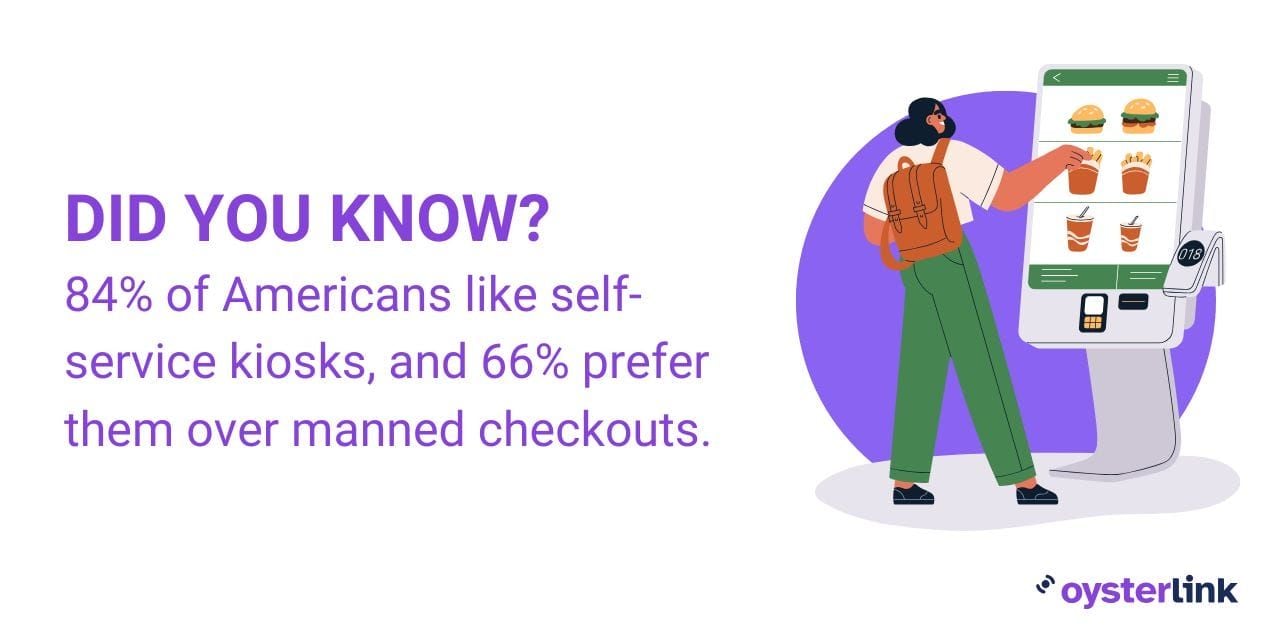
In the kitchen, automation technologies handle repetitive tasks, reducing the burden on back-of-house staff. Robotic food preparation tools manage jobs like chopping and portioning, while smart cooking equipment ensures consistent results with minimal supervision.
Additionally, customer-facing tools like AI-driven chatbots manage reservations and digital waitlist apps let customers join queues remotely, reducing the need for host staff and enhancing the overall dining experience.
Addressing Legal and Regulatory Considerations in Restaurant Staffing
As restaurants address staffing challenges, understanding and complying with labor laws is critical to maintaining a fair and lawful workplace. Adherence to these regulations protects both employees and the business. Key areas of focus include:
Wage and hour laws
Understanding and adhering to wage and hour regulations is fundamental:
- Minimum wage compliance: Ensure employees are paid at least the highest applicable federal, state or local minimum wage.
- Overtime pay: Accurately calculate and compensate overtime for eligible employees working over 40 hours a week.
- Tip credit rules: Follow regulations for tipped employees when applying tip credits.
- Break and meal period requirements: Comply with state-specific mandates for rest and meal breaks.
Regular payroll audits can help restaurants stay compliant, avoid penalties and foster a fair workplace environment.
Employment classification
Proper classification of employees is essential to avoid legal and financial issues:
- Employee vs. independent contractor: Correctly classify workers based on their relationship with the restaurant.
- Exempt vs. non-exempt status: Understand the criteria for exempt employees and ensure accurate classification.
- Full-time vs. part-time distinctions: Be aware of how these classifications affect benefits eligibility and legal obligations.
Misclassification can result in significant penalties, making accurate categorization a top priority.
Anti-discrimination and harassment policies
Creating a safe and inclusive workplace is both a legal requirement and an ethical responsibility:
- Comprehensive policies: Develop and communicate clear anti-discrimination and harassment guidelines.
- Regular training: Provide periodic training on recognizing and preventing workplace discrimination and harassment.
- Reporting mechanisms: Establish confidential channels for employees to report concerns or violations.
- Prompt investigations: Address all complaints seriously and ensure thorough, timely investigations.
These steps foster a respectful work environment and help mitigate legal risks.
Health and safety regulations
Maintaining a safe workplace is critical, especially in the restaurant industry:
- Food safety compliance: Implement local health department regulations for food handling and storage.
- Workplace safety measures: Follow OSHA standards, which are federal regulations designed to ensure safe and healthy working conditions, to prevent accidents and injuries.
- Regular inspections: Conduct routine safety checks and promptly address any hazards.
Prioritizing health and safety ensures compliance while showing care for employee well-being.
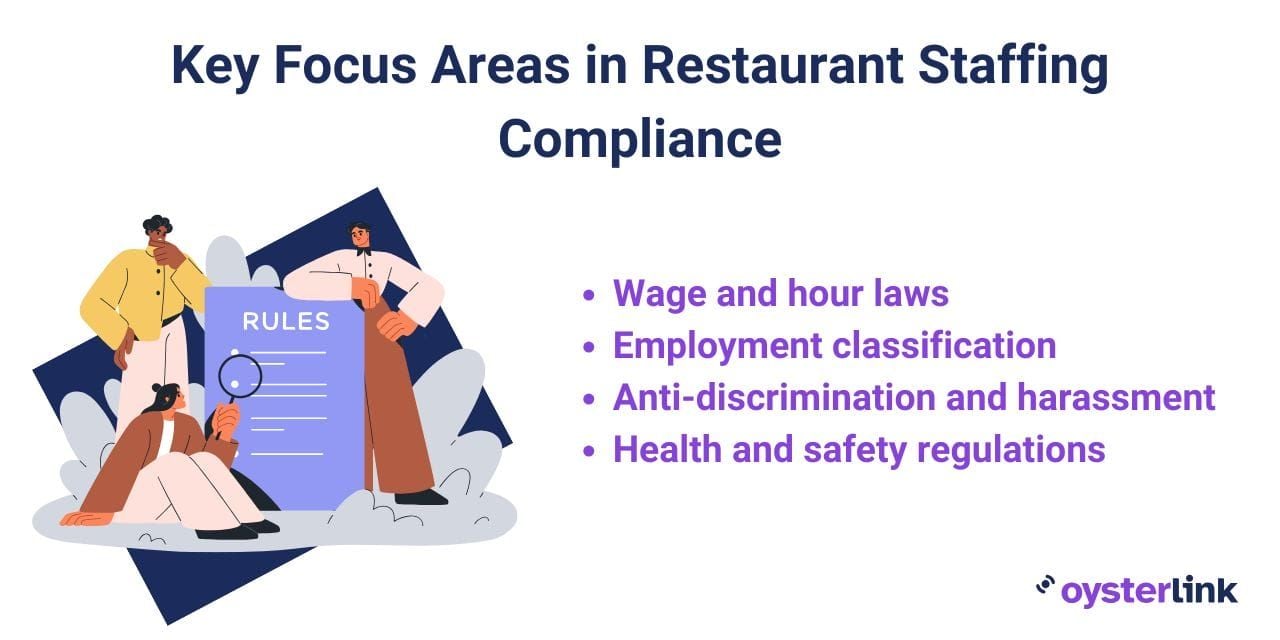
Key Takeaways Regarding Restaurant Labor Shortage
The restaurant labor shortage presents multifaceted challenges impacting operations, employees and customers.
Addressing these issues requires strategies that focus on competitive compensation, flexible scheduling, professional development and fostering a supportive work culture.
Utilizing technology and adhering to labor laws can streamline operations, protect businesses and enhance employee satisfaction.
By adapting to evolving worker expectations and ensuring compliance, restaurants can build a resilient workforce and thrive in an increasingly competitive landscape.





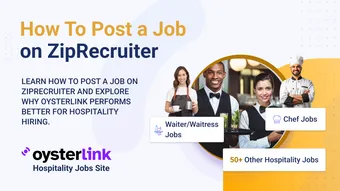

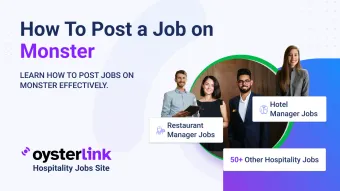
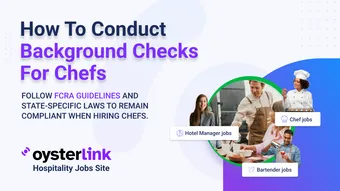


Loading comments...